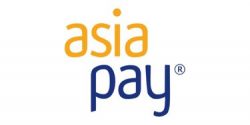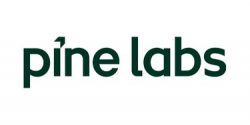Blog
Celebrating International Women’s Day: Embracing Equity
March 7, 2023

As the end of the year approaches, companies and content creators are seen wrapping up their contents for the year to review.
Netizens are sharing their summarized music playlist of the year on social media to their friends.
Your social media is summarizing your memories and activities for the year to you.
We are almost completing our current 365 days of cycle. If everyone is reviewing 2021, why don’t we do it as well? Here’s how BNPL has changed in 2021:
BNPL experiences continuous growth
There is no denying that BNPL’s growth in 2021 is greatly contributed by the momentous growth during the pandemic since 2020. While BNPL experiences steady growth around the world in 2019, the payment option’s expansion has accelerated significantly during the pandemic.
BNPL trend is sped up by changing consumer behaviours during the epidemic, especially among Gen-Z and Millennials. The nationwide lockdown has caused many physical retailers to close down, along with loss of job and income; resulting in economic depression and adoption of BNPL.
According to CNBC, the adoption of BNPL is contributed by insufficient funds among consumers in times of economic depression as well as the seamlessness of usage and ease of credit-in-advance for consumers. As Gen-Z and Millennials tend to be more tech-savvy, BNPL is popular among them. Meanwhile, merchants are adapting to the cashless economy based on consumers’ BNPL adoption, further playing a part in the BNPL growth.
Simultaneously, the growth is mainly contributed by the huge unbanked and underbanked population. Up to 55% of locals have limited access to financial aid from credit facilities offered by banks. Emergence of BNPL provides them a solution to their financial constraints.

What awaits BNPL?
Malaysia is expected to have 4 million users by 2028, with annual growth rate of 24.6% over 8 years. The gross merchandise value (GMV) through BNPL payment is estimated to reach US$2.187 billion (approximately RM9.07 billion) in 2028, based on the current GMV of US$271.8 million in 2021.
BNPL’s unwavering growth in Malaysia is probable, as countries such as the UK and US, that have adopted BNPL several years earlier than Malaysia, also continue to experience growth. BNPL is currently in high demand in the UK, used by 25% of e-commerce shoppers and 20,000 merchants. The transaction value in the UK has reached £6.4 billion (5%) of overall e-commerce, showing 60% to 70% of annual growth. There are up to 10.1 million BNPL users in the UK and it is expected to experience 70% to 80% of annual growth. As a majority of merchants who signed up with BNPL have experienced an increase of basket conversion, average order value and brand exposure, 75% of them are keen to include BNPL as their growth plan in the following year.
Concurrently, Gen-Z, Millennial, Gen X and Boomer consumers who use BNPL are increasing significantly in the US. They are estimated to make US$100 billion retail purchases with BNPL by the end of 2021, a huge rise as compared to 2020 (US$24 billion) and 2019 (US$20 billion).









